What Exactly IS Mincemeat, and What Can You Do With It (Besides Make Pie)?
Even if you have no idea what exactly mincemeat is, wouldn’t you agree its name isn’t very attractive? Especially when folks drop this name in terms of PIE.
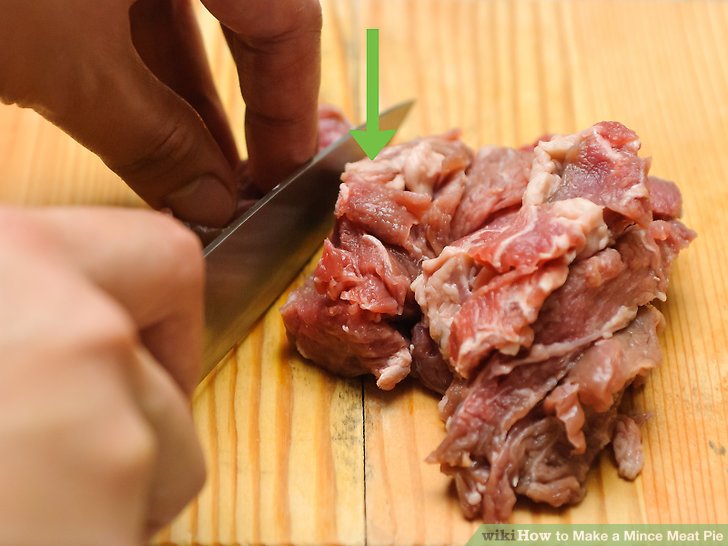
OK, with that off my chest, let’s discuss what this oddly-named food actually is. Given that “meat,” is part of the word, it would only make sense that this dish is largely comprised of...meat. But that’s not quite the case. History explains it.
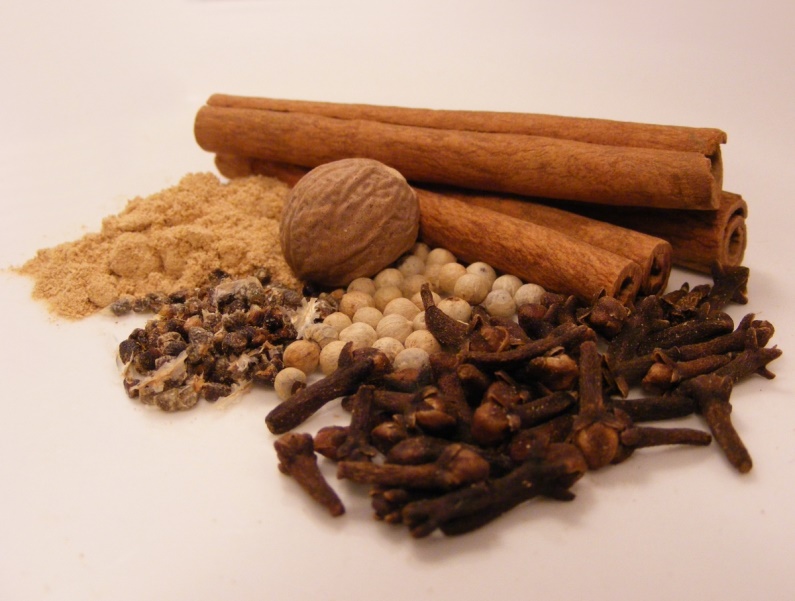
Mincemeat showed up during the 12th century as a way to preserve finely chopped meat (hence, its name) without salt or smoking—instead, sugar was used (or honey/maple syrup), alcohol/vinegars, and East Asian spices that returning Crusaders brought back to England (including cinnamon, nutmeg, and cloves) to do the trick.
These spices possess properties that inhibit the growth of microorganisms, thus allowing the treated meat, most typically beef or mutton, to be preserved for months on end. By the 20th century, beef suet (the raw fat located around the kidneys or joints of a cow) replaced meat as the primary ingredient in mincemeat.
Over time, the vinegars and wines have been swapped out for liquors such as brandy or rum, and the meat/suet has been swapped out for fruits (like apples, raisins, currants, or candied citrus). Some food historians say this switch from meat to fruit came about because of the warm, sweet spices that were traditionally used. They were more appropriate for fruit. And other food historians say the switch came naturally as modern innovations in food preservation eliminated the crucial need to preserve meat for long periods.
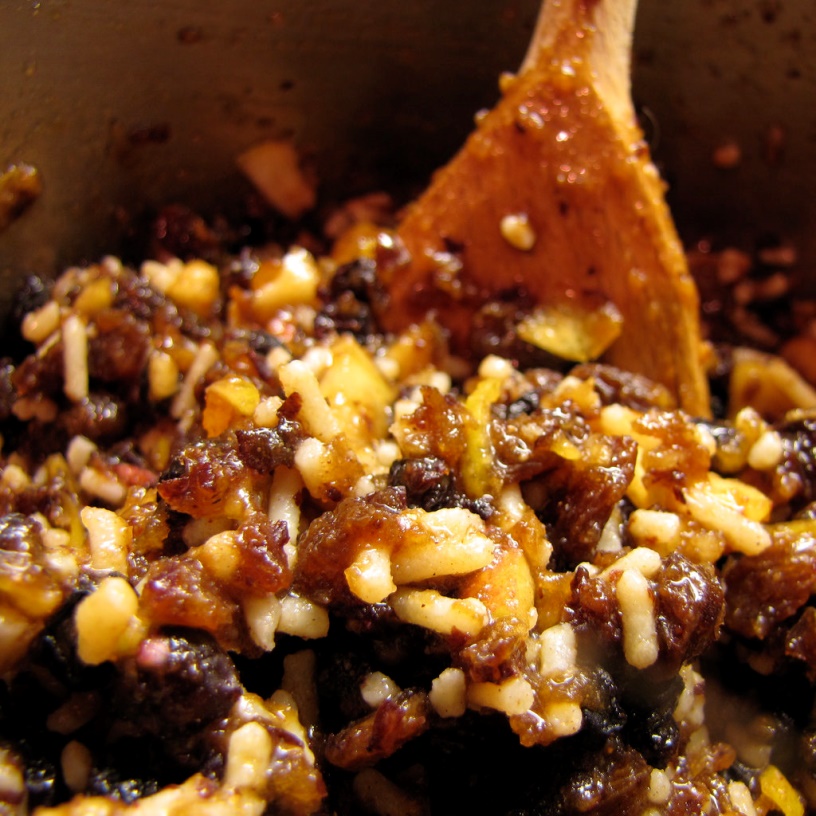
Today most versions of mincemeat don’t involve meat, although it’s still a readily available option, if desired. According to the Food Lover’s Companion, the ingredients are combined, covered, and allowed to mature for at least a month, thus giving the various flavors an opportunity to mesh and mellow.
Typically, it’s baked into a pie crust, mini-tart shells, or cookies, and mincemeat fans even eat it straight out of the jar.
Now that we know just what it is, what about its uses? Can it do more than make a pie, tart, or cookies?
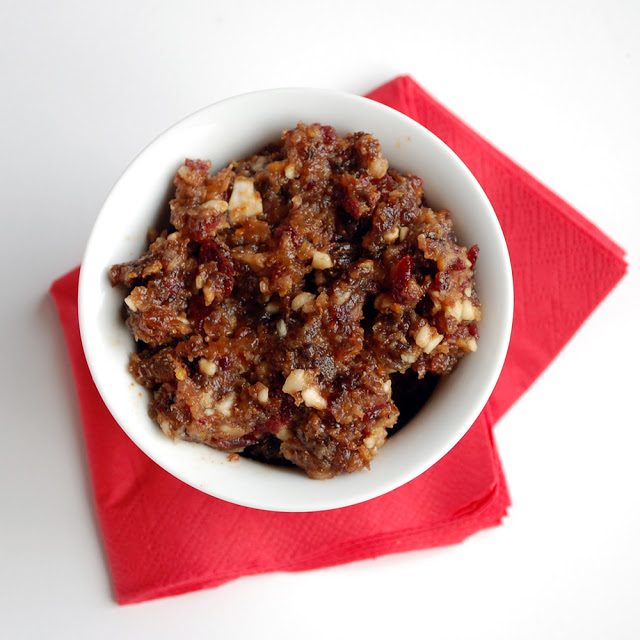
For starters, this stuff can be used in cobbler or crisp. Just add it to your sliced fruit or even swap it completely out for the traditional fruit (sliced apples or peaches, for instance) and finish it off as usual with your favorite batter or crunchy crumb topping. Speaking of that, here’s our family’s very favorite fruit crisp topping:
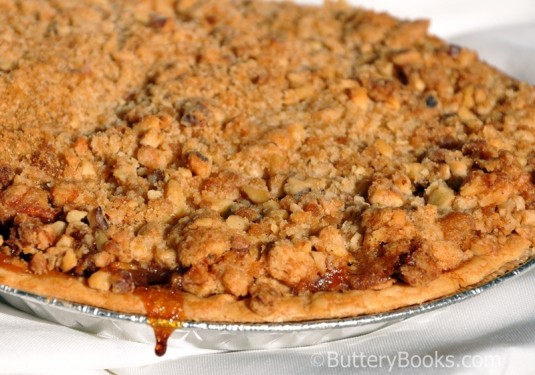
BEST FRUIT CRISP TOPPING (yield: enough for a 9x13 pan)
1 ½ cups brown sugar
1 ½ cups old fashioned oats
2 ¼ cups all-purpose flour (whole wheat, or a combination of whole grain flours is even better!)
¾ cup butter, softened
¾ cup coconut oil
1 teaspoon vanilla extract
Cut all ingredients together until coarse, and sprinkle over fruit base. Bake fruit crisp at 350 degrees for 45 minutes.
Besides cobblers and crisps, mincemeat can also be used in cake. You end up with a fruitcakey type of cake.
Then I’ve seen recipes where mincemeat is folded into muffin batter and the muffin is topped with a sprinkle of cinnamon before baking.
And Aunt Annie used to fold dibs and dabs of mincemeat into her tapioca pudding. The delicate creamy flavor of the pudding made a nice backdrop for the “zing!” that spice mincemeat added.
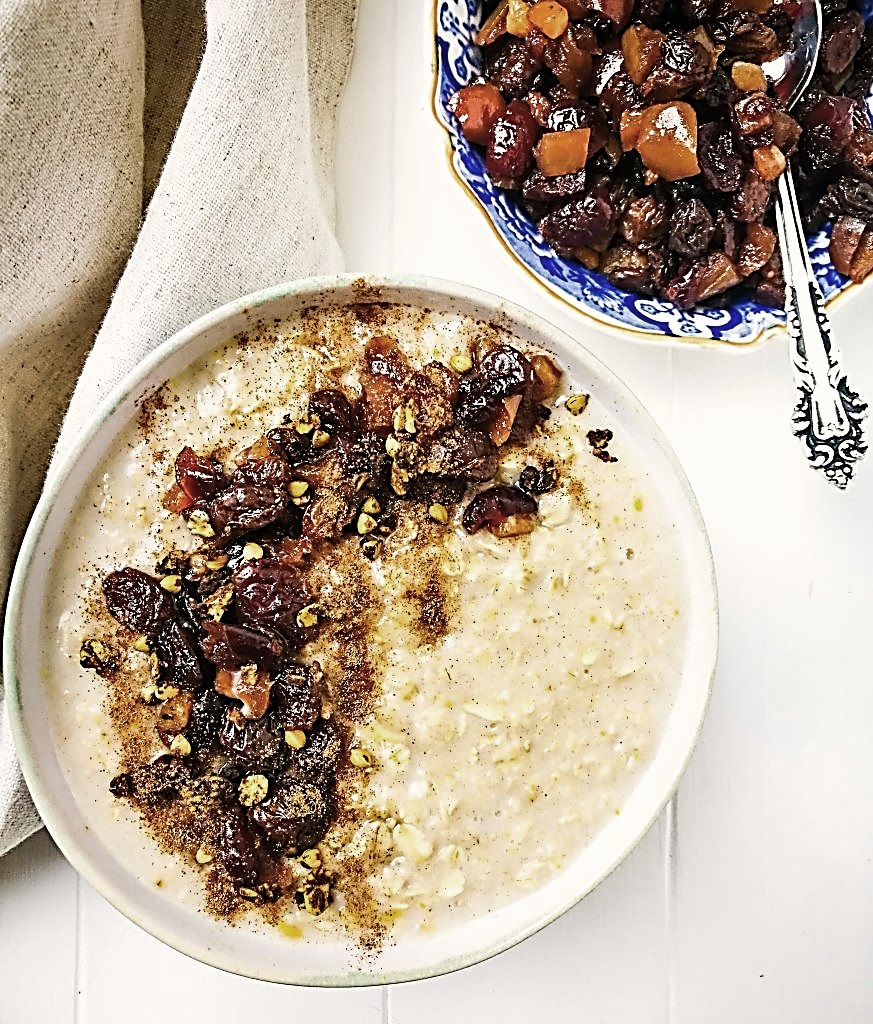
And one final idea: try adding a smidge of mincemeat to your morning oatmeal. This flourish gives a true holiday flair to your breakfast.
- www.wikihow.com
- www.commons.wikimedia.org
- www.includingcake.com
- www.flickr.com
- www.oatsodelicious.com
- www.butterybooks.com
 Alice Osborne
Alice Osborne
DVO Newsletter Contributor since 2006
Email the author! alice@dvo.com
